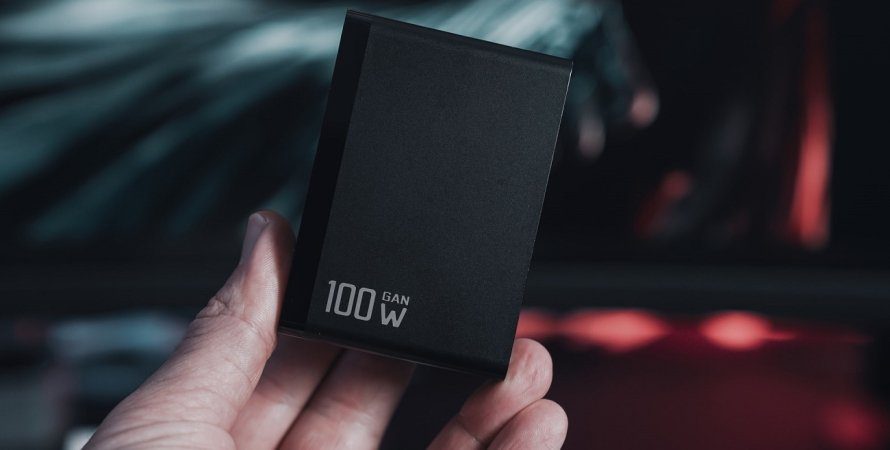Extraction of 1 kg of lithium will cost only $ 5.
Researchers at the King Abdullah University of Science and Technology (Saudi Arabia) have developed a method for extracting high-purity lithium from seawater.
This is reported by Energy & Environmental Science.
Previous attempts to isolate lithium from the mixture that the metal produces together with sodium, magnesium and potassium in seawater have been unsuccessful. Although seawater contains 5,000 times more lithium than the earth’s crust, its concentration is extremely low – about 0.2 parts per million.
To solve this problem, the team of scientists tried a method that had never been used before to extract lithium ions. They used an electrochemical cell containing a lithium lanthanum titanium oxide ceramic membrane (LLTO).
In their scientific paper published in the journal Energy & Environmental Science, the researchers explain that the crystal structure of the membrane contains holes wide enough to allow lithium ions through while blocking larger other metal ions.
The cubicle consists of three compartments. The seawater enters the central loading chamber where positive lithium ions pass through the LLTO membrane to a side compartment containing a buffer solution and a copper cathode coated with platinum and ruthenium. At the same time, negative ions leave the loading chamber through a standard anion-exchange membrane, passing into the third chamber containing a sodium chloride solution and a platinum-ruthenium anode.
Researchers have already tested the system in practice using water from the Red Sea. At 3.25 V, the cell generates hydrogen gas at the cathode and chlorine gas at the anode. This stimulated the transport of lithium through the LLTO membrane, where it accumulated in the side chamber. Lithium-enriched water was subsequently used as feedstock for lithium mining. It went through four more processing cycles, and, ultimately, the scientists managed to achieve a lithium concentration of more than 9000 ppm.
To make the final product clean enough to meet the requirements of the battery companies, the scientists adjusted the pH of the solution to produce solid lithium phosphate containing simple traces of other metal ions.
According to the researchers, the extraction of 1 kg of lithium from seawater will cost $ 5 (this is the cost of electricity). The cost of hydrogen and chlorine generated by electrolysis will eventually offset the cost of electricity, and the remaining seawater can be desalinated.
Scientists from South Korea know how to increase the battery capacity by 10 times. The secret component of lithium metal batteries will be ultra-thin lithium.
Photo: Diagram describing a method for extracting lithium from seawater









